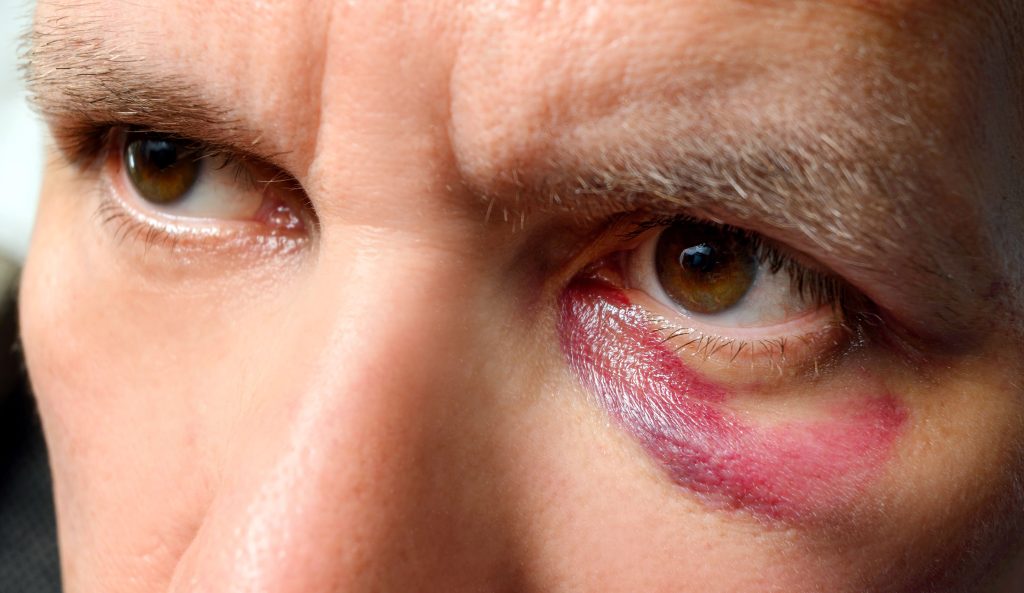Experienced Eye Surgeon Novena
Comprehensive Care for Orbital Conditions
Orbital Conditions and Treatments
Learn about common orbital disorders and their treatments, including surgical and non-surgical options, to protect vision, relieve discomfort, and restore orbital health.
Orbital Infections
Severe Eye Tissue Infection (Orbital Cellulitis)
Description: A severe infection of the tissues around the eye, causing pain, swelling, and vision problems.
Treatment: Intravenous antibiotics and, if necessary, drainage of abscesses.
Benefit: Rapid infection control to prevent vision loss and other complications.
Eyelid Skin Infection (Preseptal Cellulitis)
Description: Infection of the eyelid and skin around the eye, typically less severe than orbital cellulitis.
Treatment: Oral antibiotics and close monitoring.
Benefit: Relief from infection and prevention of its spread to the orbit.


Orbital Tumours and Growths
Non-Cancerous Eye Growths (Benign Orbital Tumors)
Description: Non-cancerous growths in the orbit that may cause bulging, discomfort, or vision changes.
Treatment: Surgical removal to alleviate symptoms and ensure they are non-cancerous.
Benefit: Symptom relief with minimal disruption to orbital structures.
Cancerous Growths in the Eye (Malignant Orbital Tumors)
Description: Cancerous growths in the orbit requiring prompt and precise treatment.
Treatment: Surgery, sometimes combined with radiotherapy or chemotherapy.
Benefit: Effective tumour removal with careful preservation of orbital function.
Orbital Fractures and Trauma
Broken Eye Socket Bones (Orbital Fractures)
Description: Broken bones around the eye caused by injury, leading to swelling, double vision, or bulging.
Treatment: Surgical repair to restore the orbital structure and function.
Benefit: Improved appearance and prevention of long-term complications.
Sunken Eye Appearance After Injury (Traumatic Enophthalmos)
Description: Sunken appearance of the eye due to injury affecting the orbital bone or tissue.
Treatment: Surgery to reconstruct the orbital floor or walls.
Benefit: Restored appearance and better eye alignment.


Orbital Inflammations
Bulging Eyes from Thyroid Issues (Thyroid Eye Disease)
Description: Swelling and inflammation around the eyes caused by thyroid dysfunction, often leading to bulging eyes and discomfort.
Treatment: Medications, orbital decompression surgery, or eyelid surgery for severe cases.
Benefit: Reduced swelling, improved appearance, and restored comfort.
Unknown Cause of Eye Swelling (Idiopathic Orbital Inflammation)
Description: Inflammation in the orbit with no known cause, causing pain, swelling, and vision problems.
Treatment: Steroids or immunosuppressive therapy to reduce inflammation.
Benefit: Relief from pain and swelling with preserved vision.
Orbital Congenital Disorders
Eye Structure Issues from Birth (Congenital Orbital Malformations)
Description: Structural abnormalities in the orbit present from birth, potentially affecting vision and appearance.
Treatment: Surgical correction to improve function and aesthetics.
Benefit: Better eye alignment and improved quality of life.

Treatments & Procedures We Offer
Specialised orbital procedures are tailored to address specific conditions while ensuring optimal outcomes and patient comfort.
Orbital Decompression Surgery
Purpose: To create more space in the orbit by removing bone or tissue, reducing pressure on the eye.
Commonly Used For:
- Thyroid Eye Disease
- Severe orbital tumors
Orbital Fracture Repair
Purpose: To restore normal orbital structure and function after trauma.
Commonly Used For:
- Orbital fractures
- Traumatic enophthalmos
Orbital Tumour Removal
Purpose: To safely remove growths in the orbit while preserving vision and function.
Commonly Used For:
- Benign orbital tumours
- Malignant orbital tumours
Abscess Drainage
Purpose: To treat and remove infections causing orbital cellulitis or abscess formation.
Commonly Used For:
- Orbital cellulitis
- Severe preseptal cellulitis
Eye Realignment Surgery
Purpose: To correct eye position for conditions like enophthalmos or strabismus caused by orbital disorders.
Commonly Used For:
- Traumatic enophthalmos
- Thyroid Eye Disease
Orbital Reconstruction
Purpose: To repair congenital or traumatic orbital defects, ensuring better function and aesthetics.
Commonly Used For:
- Congenital malformations
- Orbital trauma
Don’t let orbital conditions compromise your vision or quality of life. Consult Dr Roy today to find the right solution.
